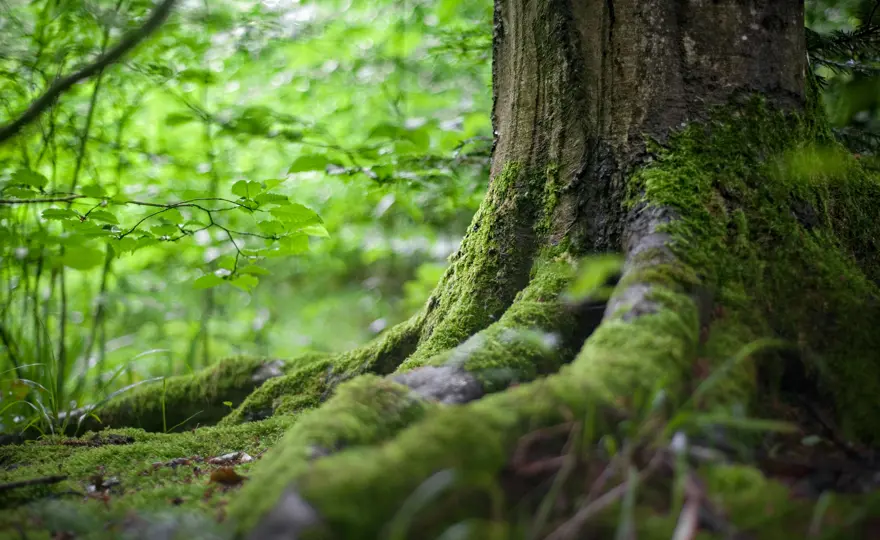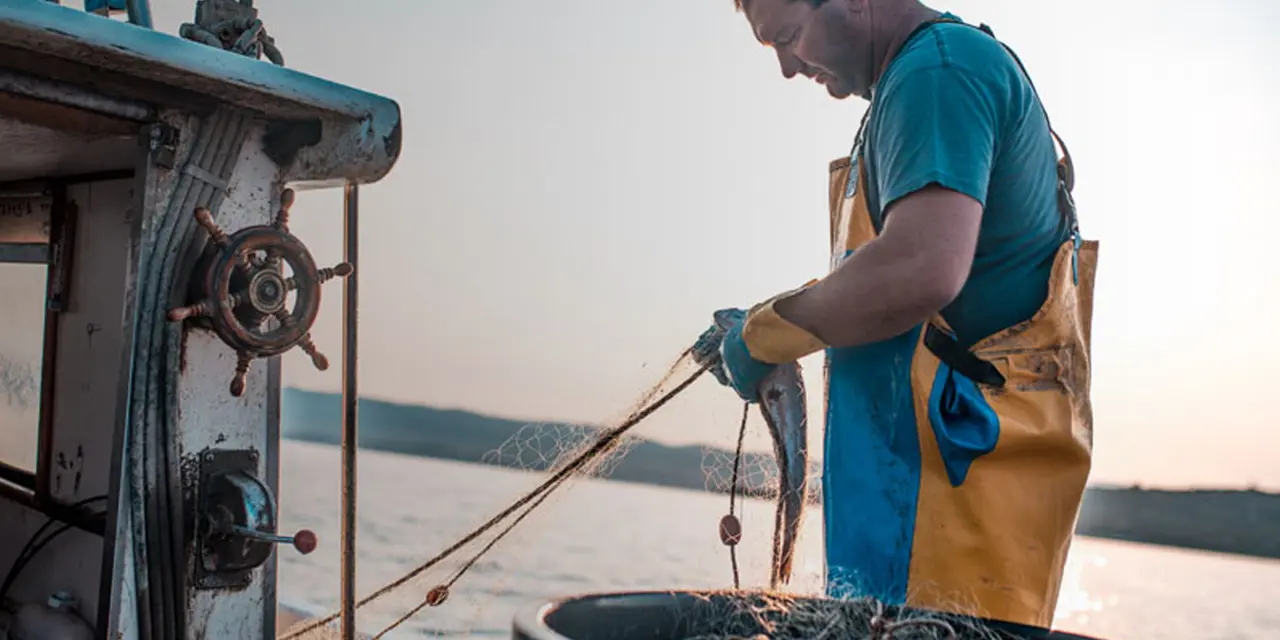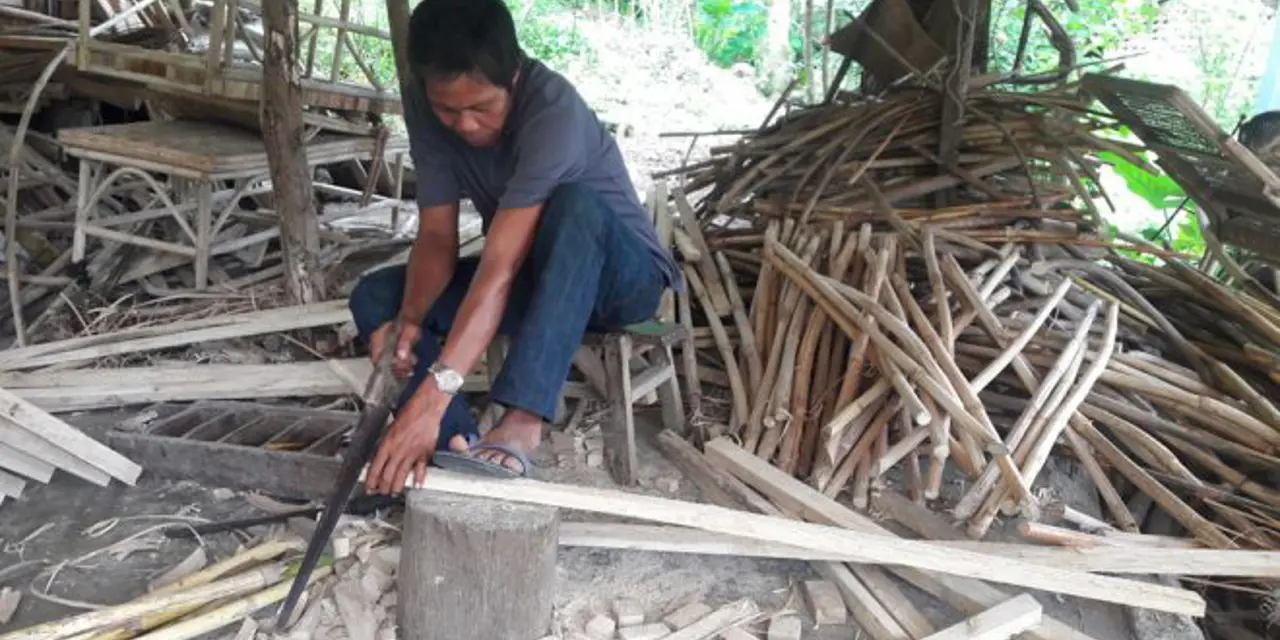ClientEarth Communications
9th December 2022


The natural world is where we come from – and while it might often be disguised by urbanisation, it’s still where we live.
Without it, we have no home. Wildlife and ecosystems are what hold our climate and our societies together; they’re our sources of food and security.
Mushroom or mountain bike, everything we have in front of us came, initially, out of the Earth.
But our relationship with the natural world needs attention. Our loans from it are not interest-free. Species counts are plummeting worldwide; habitats and ecosystems are disappearing, and with them the climate patterns we recognise. There’s no way to sugar-coat it – the situation is drastic.
If we don’t sustain the natural world, it can’t sustain us. That’s why we’re using the law to defend habitats and species, minimise industrial threats and ensure justice for communities. And there is hope. Given the space, nature can and does recover. We’re at the UN Conference on Biological Diversity – COP15 – this month, fighting to secure the strongest possible global action plan for nature, find a way to live in harmony with the natural world, and secure respectful collaboration for the people who live in the most direct contact with it.
Here’s what we’re working on in the meantime.
It’s been said that major industrial development can only take place because certain communities are considered ‘disposable’. This is true for nature too.
No ecosystem is disposable, and cutting into it will always have a major knock-on effect for wildlife near and far – but airports are constantly being expanded and new fossil fuel projects approved.
We’re taking legal action against multiple projects that would have disastrous impacts on legally protected ecosystems if they went ahead. The Tagus Estuary in Portugal is one example – it’s facing disruption from the building of a new airport, which would decimate a habitat for hundreds of thousands of birds – and a crucial pitstop for thousands of protected migratory birds on their way between Africa and northern Europe. Without it, these birds would likely die and this could have far-reaching consequences. So we’re suing the authorities who issued the approval – and making progress.
A planned plastics project in Antwerp is another example. Leaked plastic pellets from the nearby plastics complexes are omnipresent in protected waterways and they’re fatally mistaken for tasty fish eggs by waterside wildlife. Building the project would not only add to the global plastics pollution crisis, but entail the deforestation of local woodland, deleting another wildlife hub in the global network. We’re working hard to stop the facility going ahead – half of the project has been cancelled and we’re engaged in ongoing court action to block the rest.
Did you know that the ocean keeps the same amount of climate-changing carbon safely stored away as the Amazon rainforest?
What enables it to do that is healthy ocean ecosystems, powered by fish, which support an array of marine wildlife and seabirds.
This is why it’s so important we don’t empty our oceans. Fish aren’t a commodity – they’re a crucial part of the food chain and several decades of impossible-scale fishing have worn their presence thin. Without them, the ocean buckles, and our efforts on climate change will take a major blow.
We’ve started taking major court cases to prevent overfishing. From demanding that port authorities in the Netherlands – a major fishing hub – police the true size of hauls, to suing EU ministers over their illegal decisions to enable dangerous overfishing year after year, we’re serious about keeping fish in the oceans.

The way that we farm has seen food growers pushed to ever more intensive use of chemicals to preserve crop yields by killing ‘pests’. Unfortunately, this is killing off the insects, grubs and other organisms that hold ecosystems together. And too many of the chemicals have adverse effects on bees, which do the ultimate job of making most of the vegetation on this planet grow. The real risk of health impacts for agricultural workers themselves must not be overlooked either.
Pesticides are putting the future of our food-growing ability in jeopardy. We’re working to make sure that proper information about pesticides is widely available, and that their use is reported. Only when this data is public can risks be properly managed.
Anything that goes into the land can enter our water system. Across Europe, we’re litigating against authorities who have failed to protect communities and ecosystems from the drastic impacts of industrial chemical use – including in hazelnut farming and from coal burning.
In Spain’s Mar Menor, which is Europe’s biggest saltwater lagoon and was once a major tourist destination, and for Lake Vico, in the centre of Italy, excessive fertiliser use from intensive farming has caused havoc. When these chemicals seep into the soil, and into a body of water, they create ideal conditions for underwater vegetation to bloom – but explosive growth of algae means oxygen starvation for anything else. This means mass fish die-off and, in the case of Italy, an entire local water supply becoming too toxic to drink.
Fertilisers aren’t Europe’s only water pollution issue though. We’ve also just started litigation against authorities in Germany for failing to enforce EU water law, with mercury levels in the Rhine at between two and 11 times what’s legally allowed – putting people and nature in danger.
People and nature are not always in conflict: there are communities across the world that have lived in harmony with nature for centuries and are the key to preserving it.
Indigenous Peoples and local forest communities shelter around 80% of the world’s biodiversity on land. Overwhelming evidence shows they are the best guardians of forests and the delicate balance of these precious ecosystems.
Yet, historically, forest communities have been shut out of the decisions that affect their lands – and still today their lives are increasingly under threat from land grabbers seizing their territory illegally, bulldozing trees and starting fires to make way for cattle ranches and industrial farms.
This is why it is so important that governments and corporations recognise the rights of Indigenous Peoples and forest communities. These rights help people achieve justice, and in turn, help to defend their homes and protect the nature that they live side-by-side with.
To make this happen, we are pushing for Indigenous and forest community rights to be written into law, both national and international. And, crucially, we’re working with communities in Western Africa and Southeast Asia to increase awareness of their rights and support them in actively participating in decisions that impact their forests, and their way of life.
Indigenous rights are one of the most important topics under discussion at the COP15. Follow our reports on progress at the COP here.
